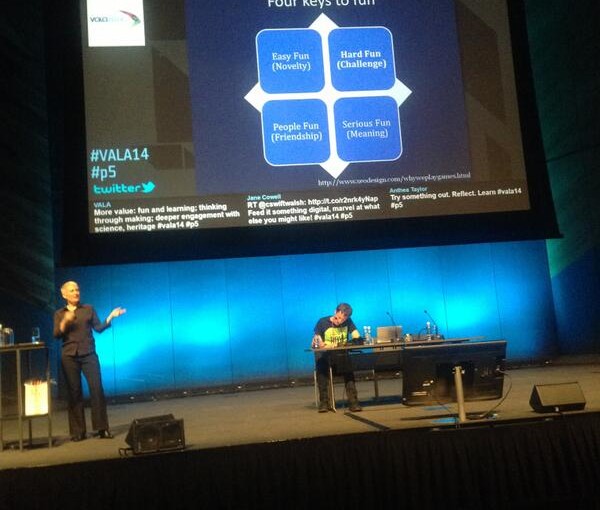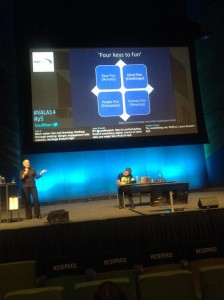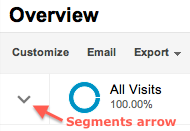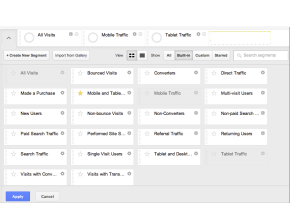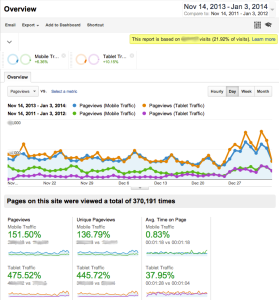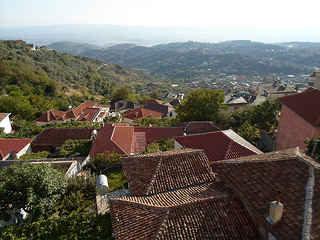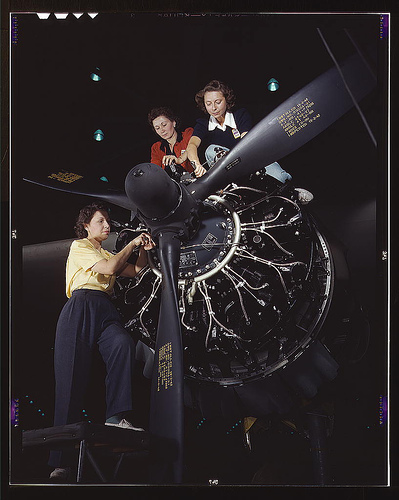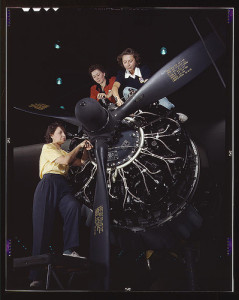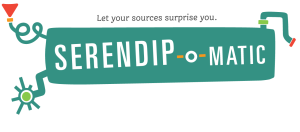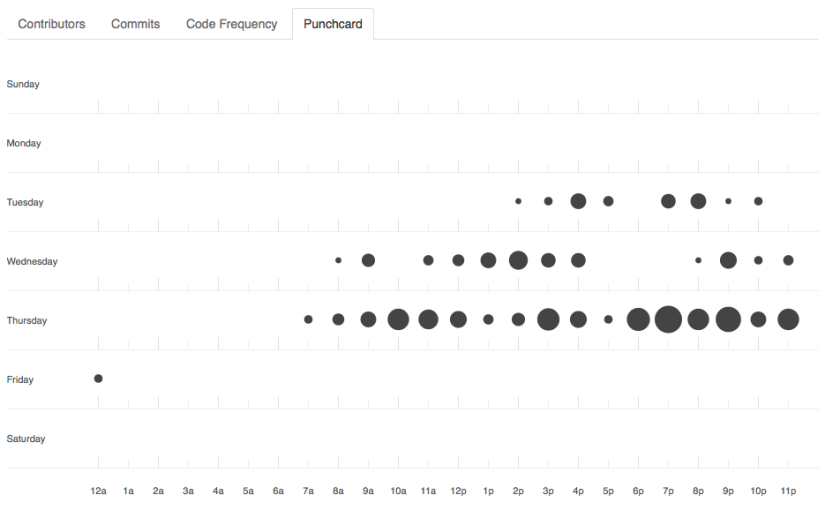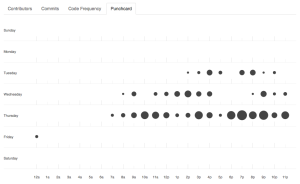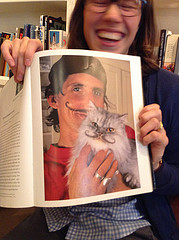A quick post triggered by an article on the role of domain knowledge (knowledge of a field) in critical thinking, Deep in thought:
Domain knowledge is so important because of the way our memories work. When we think, we use both working memory and long-term memory. Working memory is the space where we take in new information from our environment; everything we are consciously thinking about is held there. Long-term memory is the store of knowledge that we can call up into working memory when we need it. Working memory is limited, whereas long-term memory is vast. Sometimes we look as if we are using working memory to reason, when actually we are using long-term memory to recall. Even incredibly complex tasks that seem as if they must involve working memory can depend largely on long-term memory.
When we are using working memory to progress through a new problem, the knowledge stored in long-term memory will make that process far more efficient and successful. … The more parts of the problem that we can automate and store in long-term memory, the more space we will have available in working memory to deal with the new parts of the problem.
A few years ago I defined a 'museum technologist' as 'someone who can appropriately apply a range of digital solutions to help meet the goals of a particular museum project', and deep domain knowledge clearly has a role to play in this (also in the kinds of critical thinking that will save technologists from being unthinking cheerleaders for the newest buzzword or geek toy).
There's a long history of hard-won wisdom, design patterns and knowledge (whether about ways not to tender for or specify software, reasons why proposed standards may or may not work, translating digital methods and timelines for departments raised on print, etc – I'm sure you all have examples) contained in the individual and collective memory of individual technologists and teams. Some of it is represented in museum technology mailing lists, blogs or conference proceedings, but the lessons learnt in the past aren't always easily discoverable by people encountering digital heritage issues for the first time. And then there's the issue of working out which knowledge relates to specific, outdated technologies and which still holds while not quashing the enthusiasm of new people with a curt 'we tried that before'…
Something in the juxtaposition of the 20th anniversary of BritPop and the annual wave of enthusiasm and discovery from the international Museums and the Web (#MW2014) conference prompted me to look at what the Museums Computer Group (MCG) and Museum Computer Network (MCN) lists were talking about in April five and ten years ago (i.e. in easily-accessible archives):
Five years ago in
#musetech – open web, content distribution, virtualisation, wifi https://www.jiscmail.ac.uk/cgi-bin/webadmin?A1=ind0904&L=mcg&X=498A43516F310B2193 http://mcn.edu/pipermail/mcn-l/2009-April/date.html
Ten years ago in
#musetech people were talking about knowledge organisation and video links with schools https://www.jiscmail.ac.uk/cgi-bin/webadmin?A1=ind04&L=mcg&F=&S=&X=498A43516F310B2193
Some of the conversations from that random sample are still highly relevant today, and more focused dives into various archives would probably find approaches and information that'd help people tackling current issues.
So how can we help people new to the sector find those previous conversations and get some of this long-term memory into their own working memory? Pointing people to search forms for the MCG and MCN lists is easy, some of the conference proceedings are a bit trickier (e.g. search within the museumsandtheweb.com) and there's no central list of museum technology blogs that I know of. Maybe people could nominate blog posts they think stand the test of time, mindful of the risk of it turning into a popularity/recency thing?
If you're new(ish) to digital heritage, how did you find your feet? Which sites or communities helped you, and how did you find them? Or if you have a new team member, how do you help them get up to speed with museum technology? Or looking further afield, which resources would you send to someone from academia or related heritage fields who wanted to learn about building heritage resources for or with specialists and the public?
